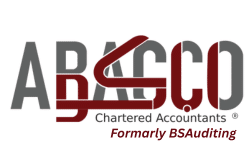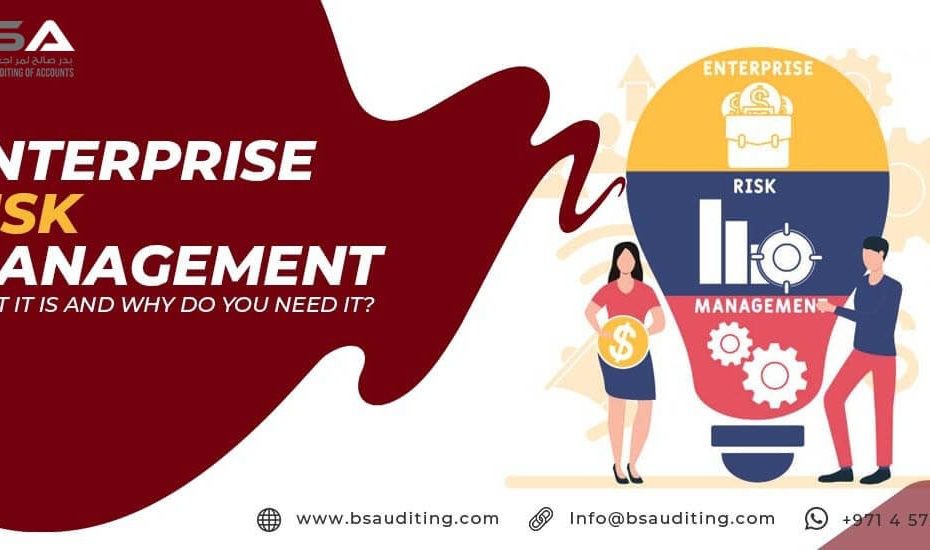Back in the day, organizations operated on the basic principle of self-appreciation. The key to a successful business was a constant appreciation of operations accompanied by occasional demeaning of competitors. This practice provided a surge of pride and validation to the owners who passed it down to their employees as a means of motivation. Unsurprisingly, this ultimately led to business loss and bankruptcy. Business owners back then would wonder where they went wrong.
As time went by and the competition among companies was sky-high, business stakeholders realized a change in strategy was essential. Learning from past mistakes, they realized that vanity and turning a blind eye to possible threats was not a good practice. A pigeon may believe he can escape the cat if it shuts its eyes and convinces itself that there is no cat. Nevertheless, businesses are not pigeons. They cannot escape risks by ignoring them. Thus came the concept of Enterprise Risk Management.
Introduction to Enterprise Risk management
A famous saying states, “If it can go wrong, it will go wrong.” Enterprise Risk Management or ERM abides by this quote. It is a practice whereby companies identify and develop strategies to mitigate any risks in their objectives, finances, and operations. Organizations assign specialized individuals to look into the business operations and formulate rules or procedures to handle potential threats to business using tools and strategies.
On their own, companies are often aware of financial risks. However, some factors might fly under the radar, such as managerial risks, strategic risks, etc. Enterprise Risk Management works to identify and manage all such problems before they cause any damage.
Enterprise Risk Management offers several benefits discussed in this article.
Awareness among All
Ideas and beliefs, and strategies within organizations operate by the trickle-down effect. The perceptions and opinions of the top-tier management emanate to employees at all levels. Enterprise Risk Management creates awareness of possible risks among the stakeholders and decision-makers of the company. This acceptance and consequent identification of potential risks enables management to discuss them in detail with their employees and take them on board in coming up with solutions and strategies. Although it is a specialized person involved in ERM, it is eventually the company and its employees who have to put those strategies into action. A better awareness means better performance and resultant mitigation of risk.
Better Employee-Management Communication
Although a secondary benefit of ERM, it is significant nonetheless. As mentioned above, acceptance and discussion of possible risks help resolve potential threats. During discussing risks across the board, better employee to management communication and trust establishes. The two discuss matters openly, which is ultimately in the best interests of the organization.
Targeted Reporting
Enterprise Risk Management uses the latest technology to gather reports on risks instead of the old manual ways. This automated report is focused on the risk-prone areas and shared across all relevant departments. This report is accurate, regular, and promptly available to all levels of the company. The report includes existing risks, the level of risk, ways to overcome those risks, and any possible new risks.
Such focused and comprehensive reports offer immense benefits for the stakeholders who focus their attention on the most threatening risks and overcome them before they cause any harm to the organization.
Better Allocation of Resources
Large companies often assign the responsibility of risk assessment to a dedicated department and spend a large portion of their budgets on insurance. It places the onus of accountability on a group of people. Successful enterprise risk management identifies threats, and the entire company works collectively to mitigate the risk. It adds to a sense of responsibility on all levels of work and saves the company on insurance premiums.
Additionally, the identification of risks allows the company to allocate resources for mitigating a particular threat.
Better Coordination in Compliance and Regulation
Audits and reviews are a regular part of large organizations. Auditors require a detailed insight into business operations, potential threats, and the company’s strategies to overcome such threats. ERM already works on these areas, and a complete report by the ERM saves the time and cost of auditors in gathering the same information.
Better Company Reputation
In the competitive market, stakeholders need a lot more than better products and services. While all counterparts deliver almost the same services, companies that are better prepared for risks, and mitigate them well before time, are the eventual leaders. Organizations usually suffer because of internal instabilities instead of external factors. A company better equipped to combat risks earns better standing and better market value.
Conclusion
Enterprise Risk Management is the need of the hour. With increasing competition and associated risks, it is essential to employ strategies to overcome those threats. Specialized ERM systems are efficient at identifying, analyzing, mitigating, and preventing any form of risk.
BS Auditing of Accounts has skilled professionals who specialize in Enterprise Risk Management. They have knowledge and expertise of all necessary tools and frameworks of the process. Feel free to book your consultation today:
• Office # 0641, Tamani Arts Offices, Business Bay, P.O. Box 111390, Dubai, UAE
• +971 4 570 7357
• +971 58 108 5690


